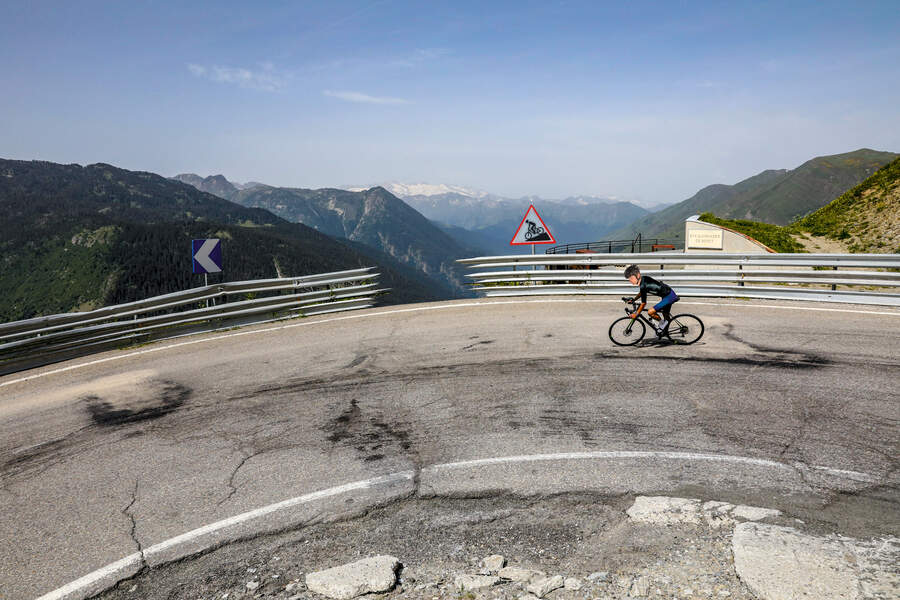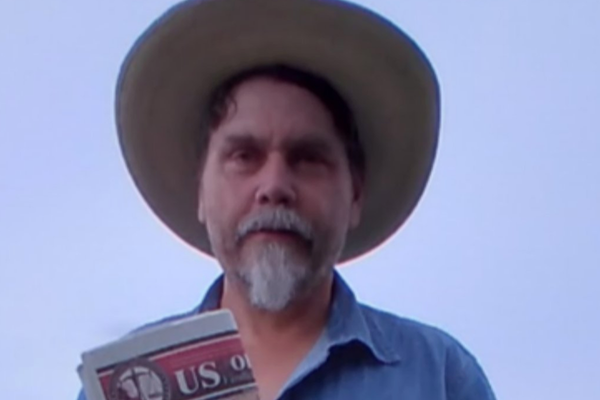
It looks as if one of the defining events of the 2024 season will have been “that” crash at Itzulia Basque a few weeks ago. It changed the complexion of the Tour de France and the Giro d’Italia. And because it involved so many famous riders, it raised questions of safety in a way that a heap of crumpled mid-ranking domestiques somehow never does.
(I heard a story recently from a pro who said that once, as a bunch tried to squeeze into too small a space, he found that on his right was Remco Evenepoel and on his left was a Spanish neo-pro. Faced with a straight choice about which one of them to share a crash with he gave the Spanish rider a glance that clearly said, “I’m sorry, but you know how this works….”)
One of the things I noticed about the Itzulia crash was that the organisers had put padding on the outside of the bend. The riders missed it completely and hit some rocks instead. I remember the same thing with Chloé Dygert’s crash at the 2020 Worlds. She made it safely past the padding and hit the crash barrier beyond. This is what bike handling does for you – you can stay upright long enough to achieve a hard landing.
The truth is that bike riders never crash where you want or expect them to. If you put padding where a rider’s trajectory ought to land them, they’ll find a way to defy physics just to make you look stupid. On any sprint finish that isn’t ruler-straight and runway-wide for the last five kilometres, TV commentators will tell you about every corner on the run in and confidently predict disaster at every turn. The riders rarely oblige. When the infamous Paris-Roubaix chicane was unveiled experts posted diagrams of exactly how many crashes would happen and where – in the end I don’t think anyone crashed at all.
I’d love to report that I’m immune to these “Oh, my God, will no one think of the cyclists!” tendencies. But every course recce I’ve ever done frightened the life out of me.
It’s worse if your recce is not by bike. Street View, or maps, or videos always make things look more alarming than they really are. Worst of all is inspecting a course in a car. Do that, and every corner is a freshly oiled off-camber hairpin with bonus gravel. Every descent is a cliff. Every stone wall looks impossible to avoid and has a surface like a cheese grater.
There’s an extra layer of terror available if you recce a time trial course in a car behind another racer. When you do that, the only thing that seems more certain than your own enormous crash is the more imminent enormous crash of the rider you’re watching. I once followed a rider round a TT course not long before my own start time, and was so sure of imminent disaster that I started panicking that his horrible death was going to make me late for my own.
Then you get on a bike, and suddenly it’s simple. You can find a line through all those corners, you can feather a little speed off where you need to. You match risk to reward, and all is well, and you are in your element.
Then what happens is something random. A gust of wind, a random blow-out, a stray dog, a sudden episode of the sort of idiocy that means a bike rider, however distinguished, will never be given command of anything more important than a pre-race playlist.
It would be glib to say that courses don’t make crashes, bike riders do – but of course there are times when the course is totally the problem. But disasters still never happen quite the way you plan.







